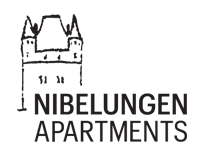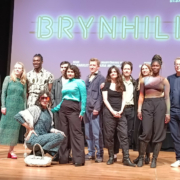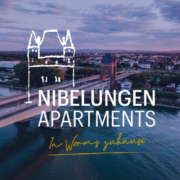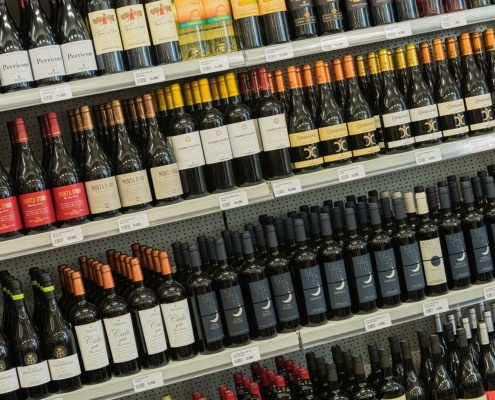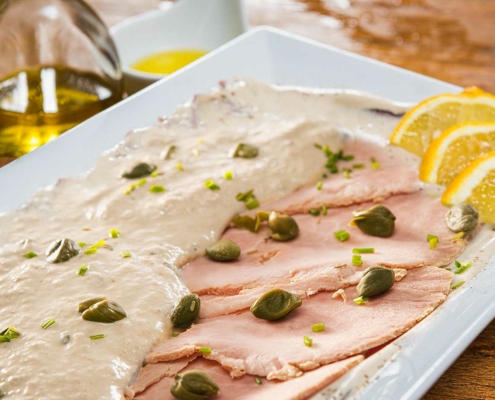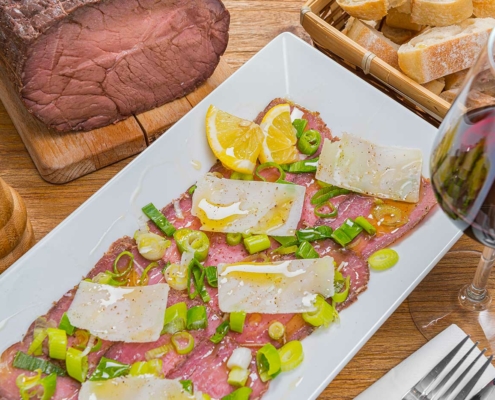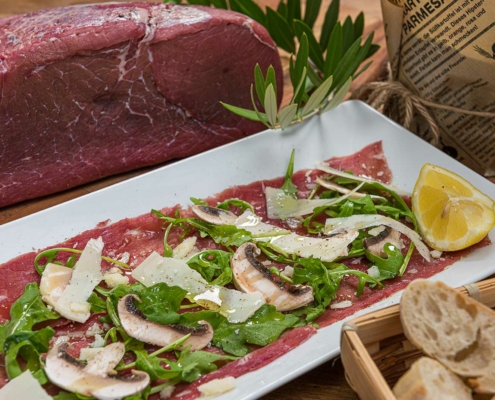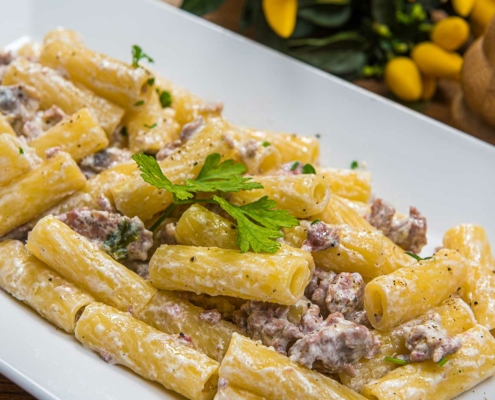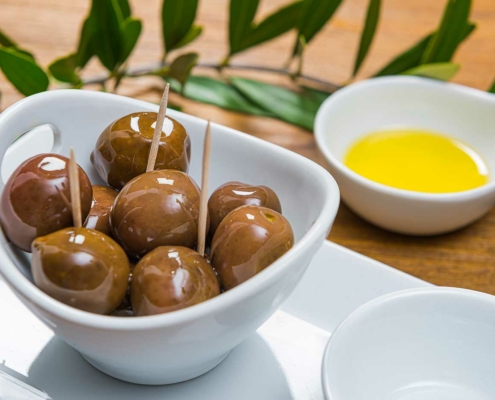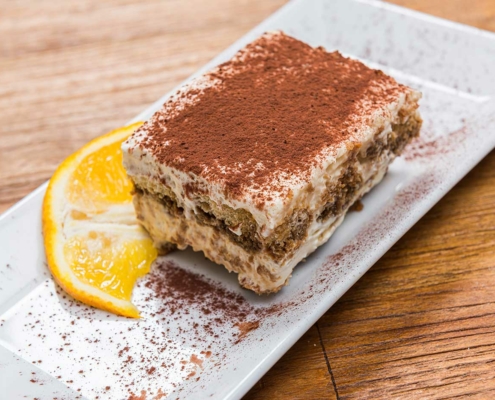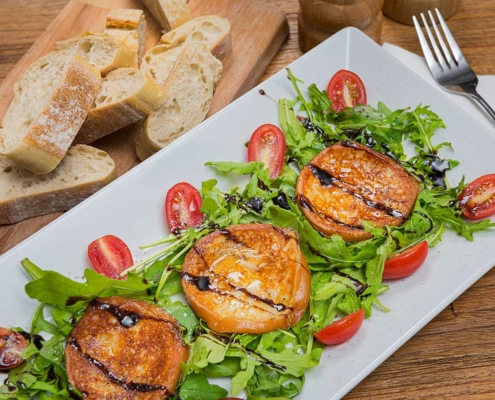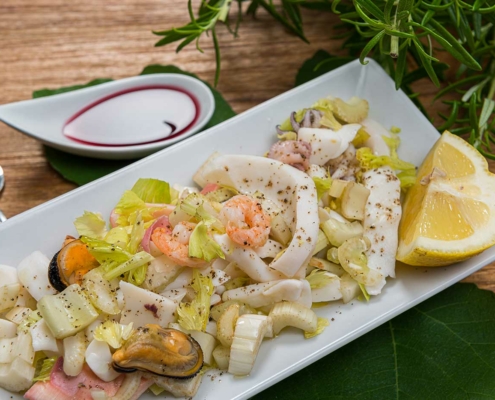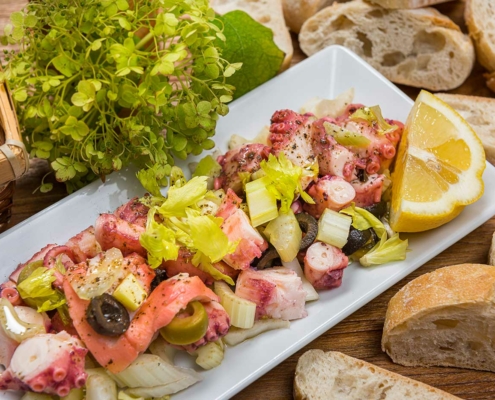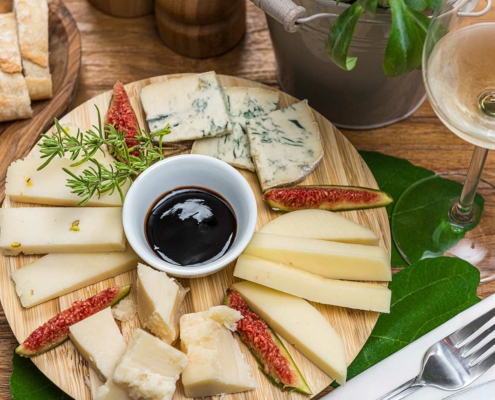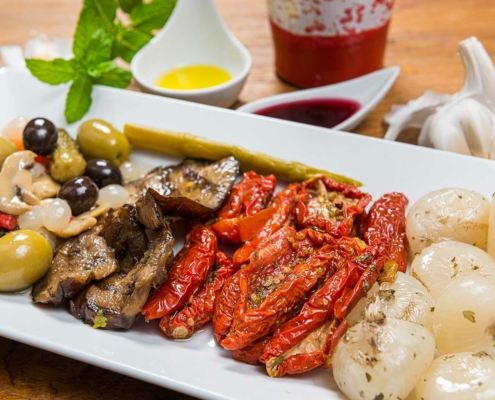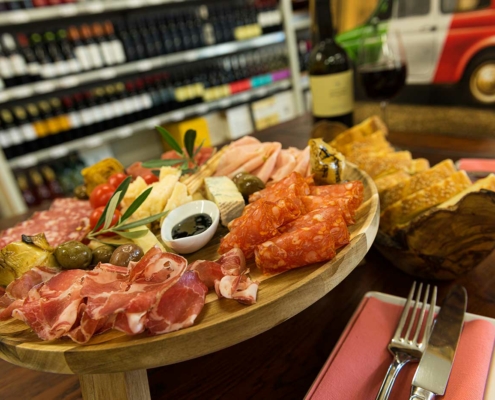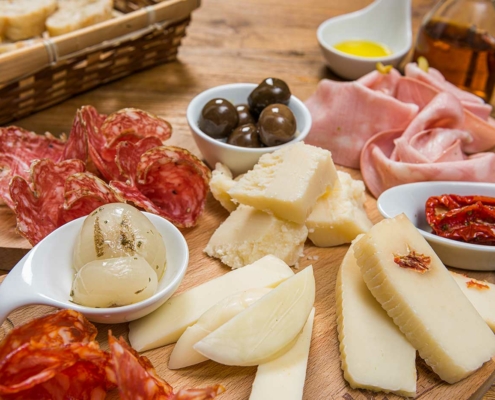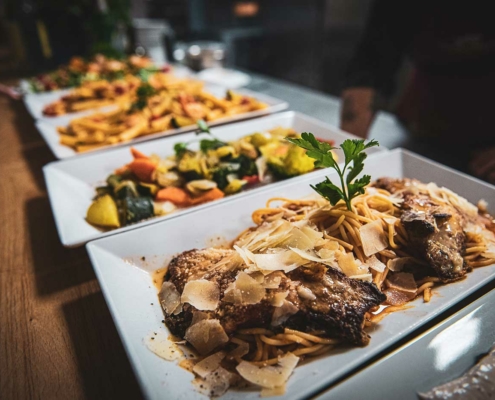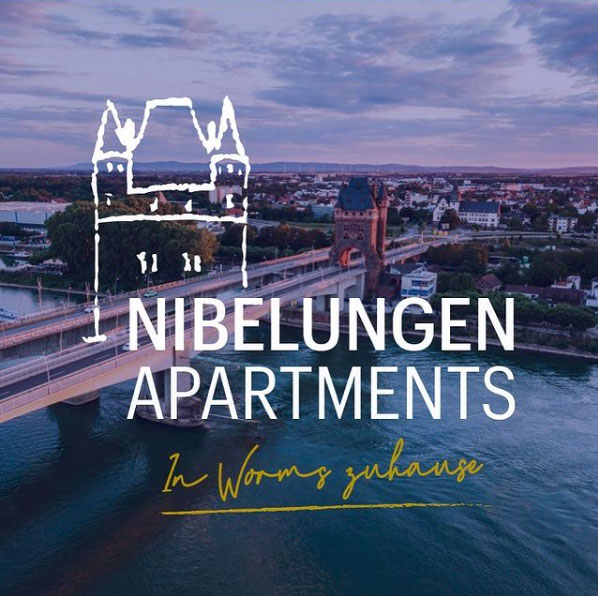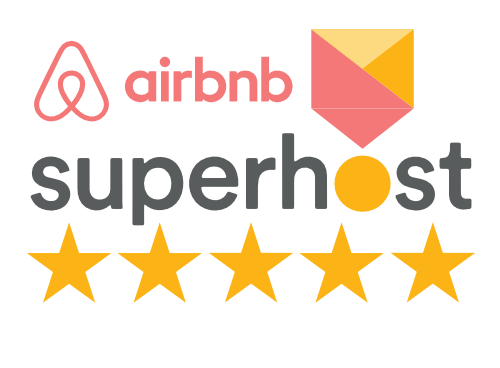The Worms Culture and Events Year 2022
That Worms is rich in culture and history, I have already pointed out several times in this blog. But history also wants to be lived! In keeping with this spirit, Worms is home to numerous festivals and cultural events linked to the city’s 2000-year history. But besides these, let’s say niche events like “wunderhoeren”, there are numerous events in the city that can please young and old alike. Of course, this includes the largest wine and folk festival on the Rhine, the Backfischfest. Those looking for musical diversion will be in good hands at Jazz & Joy, and those who would prefer to get to grips with Worms’ wine culture will also find plenty on offer. Below I have created a small overview of the most important and interesting festivals / events for interested Worms visitors and conveniently included the associated links:
Vino et Musica from 26 to 28 May at the Helmut Kloos Winery
Helmut Kloos is a true Worms original. Not only was he the first winemaker in the Nibelungenstadt to convert his operation to organic viticulture back in the early 1990s, but his name also stands for culture and a mischievous, often whimsical sense of humor. One encounters both during a visit to the popular farm festival Vino et Musica. In addition to the vintage presentation of the 2021 wines, the winemaker offers a varied music program between folk, rock and world music on Ascension Day weekend. The program will open on the holiday with a wine tasting. Finally, on three evenings, the small winery is transformed into an open air concert arena. Of course, small Palatine and Rhine-Hessian delicacies ranging from hearty to light will be served with all program items. Those who want to hear and taste more from Helmut Kloos will have the opportunity to do so during Advent at the Nibelungen Weihnacht. He regularly runs his mulled wine stand there, which is also accompanied by an entertaining program including a unicorn carousel.
More info: www.weingut-kloos.de
Worms Whitsun Market from June 3 to 11 on the festival square
The Worms Whitsun Market is an idiosyncratic hybrid event between a fair and a trade show. On the fairground part, which is located on the southern half of the fairground, you can find the usual mix of rides, snack stands, garden restaurants and fairground stalls. The northern half again houses the trade fair. About 100 exhibitors share the approximately 6,000 square meters of space there. A large part is housed in tents. The offer ranges from upholstered furniture to spare parts for the swimming pool or the latest vacuum cleaner. Various car dealers will again present their latest models in the open-air area. For the first time, there will also be a Worms merchants’ mile this year. Admission to the trade exhibition and fair is free. While the fair is open until 11 p.m., the commercial section closes at 9 p.m. already. Incidentally, even the Worms Whitsun market has a historical background. Since the city had already been granted market rights by Emperor Frederick II in 1243, it was now possible for the people of Worms to hold a fair for two weeks after Easter. The market got its current face again in 1972.
Info: www.wormser-pfingstmarkt.de
Spectaculum from 27 to 29 May in the woods of Worms
After medieval friends had to do without the colorful hustle and bustle at the foot of the Äschebuckel in the past two years due to corona, the popular medieval market is to celebrate its return this year. The market is the largest in Germany’s southwest. In normal times, around 20,000 people find their way to the medieval market in the middle of the Wormser Wäldchen. There will be a mixture of merchants’ mile, of course with medieval products, jugglers’ market, open air festival (there will be two stages) and a tent camp for robed people. In addition, field battles are staged and duels with sword and morning star are fought in a manner suitable for the audience. Those who are more interested in the way of life in medieval days can find what they are looking for at the various workshops. Most of them are free of charge. Medieval garb is welcome, but not mandatory for this immersion into another world. The program will be announced in early May.
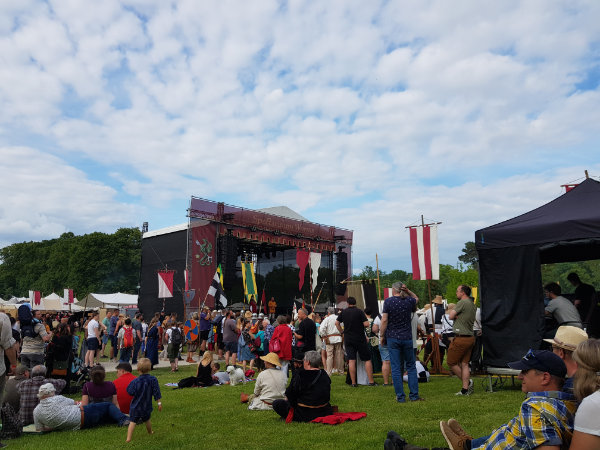
More info (program, times, prices, Corona rules etc.): https://www.spectaculum-worms.de
Nibelunge nei besunge – a drama-drama of the Wormser Liederkranz from June 24 to 26 in the Aula Hochschule Worms
Once again this year, Shrovetide was cancelled in many places, including Worms. But as is well known, one likes to make a virtue out of necessity. And so the Wormser Liederkranz, one of the most successful carnival clubs in Worms, decided without further ado to turn the traditional ladies’ session into a kind of festival light this summer. As befits a traditional Worms club, this one can’t avoid the Nibelungen theme either. The play is written by regional carnival greats, who have already successfully demonstrated their talent for bringing tears of laughter to the eyes of the audience during the ladies’ meetings. Since it is a mixture of drama, comedy and musical, the musical accompaniment is of course important. An experienced carnivalist, the journalist (Mannheimer Morgen) and musician Bernhard Zinke, will also take care of them. The dramedy interprets the Nibelungen saga in a completely new way and has many a surprise in store for the audience. The play is topical due to the dramatic world political situation. Anyone who knows the co-author Mechthild Vogel knows with what a sharp pen she can satirize explosive issues. Around 80 active members of the Worms Liederkranz show with drama, song and dance how things can be done differently. Maybe the politicians of this world should buy a ticket to learn how to make the world a whole lot more peaceful.
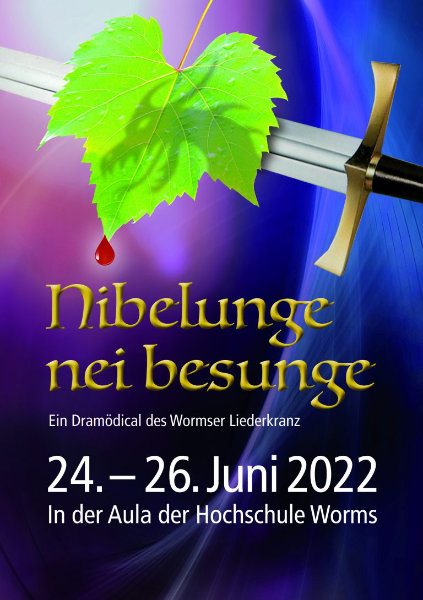
The approximately 2 1/2 hour theatrical performance will take place on 24.., 25. and 26 June 2022 will be held in the auditorium of Worms University. Start on Friday and Saturday is 19:30h, on Sunday already at 17:30h. To get in the mood for the evening, a caterer will provide food 1 1/2 hours before the event begins and during the intermission. Once again, there will be no catering in the hall. Tickets cost 25 euros and are likely to be in high demand.
Tickets and more info: www.Wormser-Liederkranz.de
Worms Culture Night on June 25 in the city center
For the cultural coordinator of Worms, Dr. David Maier, the Kulturnacht is the most beautiful festival in the city center, as it is an event by Wormser for Wormser and visitors. The focus is on local artists, who are offered the opportunity to present their art in unusual locations in the city center during one evening. Whether painting, music, theater, cinema or other forms of expression, visitors can certainly expect a varied program again after a two-year break. For visitors, this Saturday evening of culture also offers the opportunity to stroll with a wine in hand to discover the most beautiful corners of the Nibelungenstadt. The event usually begins at 7 pm. In previous years, visitors could choose between 30 program points at just as many locations. There should certainly be something for everyone. Since there is a charge for the event, you must purchase a wristband in advance at one of the box offices or in advance. After all, with it you have access to all locations.
Info: www.worms-erleben.de
Nibelungen Festival from July 15 to July 31
The information is still sparse. It is known that this year’s performance should have celebrated its premiere already in 2020. But Corona threw a spanner in the plans. Now the “hildensaga. ein königinnendrama” is to celebrate its premiere on July 15. The signs are good after the organizers were able to practice in corona mode last year. Hopefully, one will be allowed to leave this in 2022. The audience can expect a play written by the Austrian playwright Ferdinand Schmalz. As the title suggests, this year’s interpretation of the well-known Song of the Nibelungs centers on the two soft-bodied main characters Kriemhild and Brünhild.
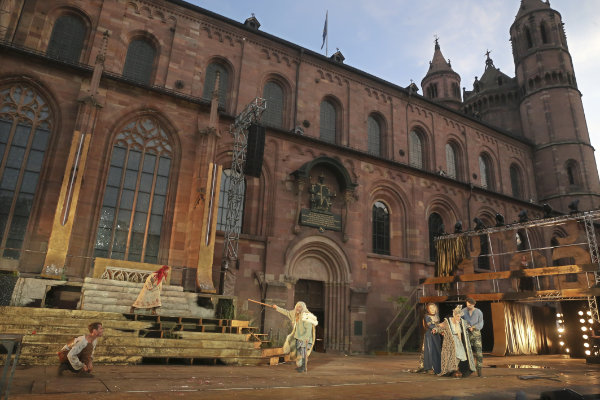
Nothing was known about the actors at the time of writing. Usually, however, the cast is a mix of well-known actors and actresses from film or TV and lesser-known but renowned theater actors. In the past, greats such as Jürgen Prochnow, Klaus Maria Brandauer and Uwe Ochsenknecht have cavorting on the stage in front of Worms Cathedral. The play will be staged by the Swiss director Roger Vontobel, who is one of the directing stars of German-language theater and will be well remembered by Wormsers. He already staged “Siegfried’s Heirs” in 2018 and delighted press and audience alike. Vontobel is characterized by an opulent visual language that does not shy away from the use of elaborate video technology. Thus he made the awe-inspiring cathedral tremble before the eyes of the audience of “Siegfried’s Heirs” with a purposefully used video installation. This year, Vontobel once again aims to impress the eye as much as the mind of the public. For the eye, there are again technical gimmicks and an elaborate water world at the foot of the cathedral. The water landscape is permanently changed with variable footbridges, targeted water effects, light and video. Sometimes it is the distant water world of Iceland, sometimes it becomes the opulent swimming pool of the Nibelungs and finally a mythical magic world. As Danish set designer Palle Steen Christensen explains, the water is both a projection surface and a mirror.
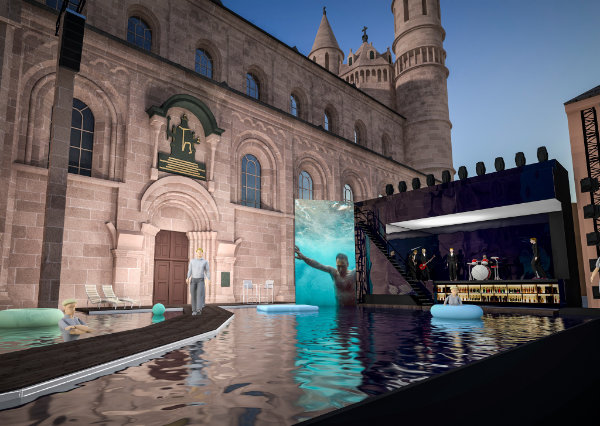
The festival is accompanied by a cultural program. The program is broad and ranges from concerts to a scientific colloquium of the Nibelungenliedgesellschaft. The most prominent guest in the accompanying program is actress and singer Jasmin Tabatabei, who has already performed in the main play herself and will be appearing as a singer in Worms this year (July 30 at the Worms Theater). In her luggage she has her third album “Jagd auf Rehe”. If you want a little more information on the main piece, you have two choices. Those who would like to find out more about the play before attending the theater for “hildensaga. ein königinnendrama” have the opportunity to do so at the online introduction. Last year, the explanations of the production were already available exclusively digitally, with a lot of positive feedback from the audience. And again this year, the launch will only be on the web and will be available on the website www.nibelungenfestspiele.de from July 15.
Another opportunity is offered by the theater encounters. As the name suggests, the focus here is on real encounters and that on Sunday morning after the premiere (July 17). Then, in the fairy-tale ambience of the Heylshof, author Ferdinand Schmalz, artistic director Thomas Lauer, and possibly artistic director Nico Hofmann sit down to chat about the play. Under the name “Change of Perspective,” author Felicitas Hoppe joins the discussion at this relaxed event. Last fall, Hoppe published the widely acclaimed book “Die Nibelungen. A German Silent Film”. The morning will be rounded off by musical contributions from the festival ensemble and the presentation of a youth workshop. In between, the event in the park invites you to relax and enjoy, for example, a genuine Worms Riesling under the summer sun on an early Sunday.
Families can look forward to Children and Family Day (July 24). On this day, the dignified festival idyll in the park has to bow to the colorful hustle and bustle of the children. Theater performances, handicrafts, face painting, walking acts and games promise a high fun factor. The event is free of charge. Tickets are still necessary. These must be ordered in advance through the Festival’s Ticket Service.
Info and tickets: www.nibelungenfestspiele.de
Schlager Bäm on July 16 at the fairground / Rhine
Fans of Schlager music should mark July 16, 2022, very thickly in their calendars. At the Schlager Bäm, scene greats such as DJ Ötzi, Kerstin Ott, Bernhard Brink and Michelle will perform at the Wormser Festplatz. The organizer currently expects nearly 5,000 visitors to this special Schlagertreffen. “Ein Stern, der deinen Namen trägt” by DJ Ötzi will be accompanied by thousands of throats that evening, as will “Die immer lacht” by Kerstin Ott. With Bernhard Brink and Michelle, two old show stagers will be at the start, as will Sonia Liebing and Undine Lux, with whom regional organizer Karl-Heinz Gauch has invited the future of German pop. The Alzeyer promises further surprises for this evening, which he had already planned for a long time and which is now finally to be implemented in 2022. Things get underway at 5 p.m. this Saturday in July. Admission is already at 3 pm. If the event is successful, the Alzeyer would like to establish the Schlager Bäm as a series in Worms.
Ticket information can be found here: https://wo-magazin.de/das-lebern-feiern-mit-dem-schlager-baem/
Jazz & Joy from 19 to 21 August
For 31 years, the festival has been one of the regional pot festivals. As the name suggests, jazz plays a not entirely unimportant role. However, the program is dominated by the Joy. That was certainly somewhat limited recently. Thus, Corona made sure that the festival had to pause in 2020. Last year Jazz & Joy could take place again under Corona conditions. For the organizers, happiness and burden at the same time. On the one hand, it was possible to offer musicians the opportunity to play in front of an audience again, but on the other hand, the atmosphere and revenue suffered from the numerous stipulations such as a reduced seating quota, chair and mask requirements, and the fact that it was not possible to shuttle between the stages, of which there were only two anyway. This year, the organizers want to return to the old form. That is, five stages distributed around the Worms Cathedral. Likewise, strolling between the stages should be possible again. The stroll is accompanied by numerous restaurateurs who offer wine and other delicacies also outside the festival stages, so that even people without a ticket can enjoy the festival flair. The largest stage is located on the market square in front of the town hall. The special concert will also take place there on the first day of the festival (the ticket is not included in the 3-day Jazz & Joy ticket). This year, the stage will be played by the German-language pop band Silbermond. They again promise a rousing live experience.
Tickets and info: www.jazzandjoy.de
Baked fish festival from 27 August to 4 September
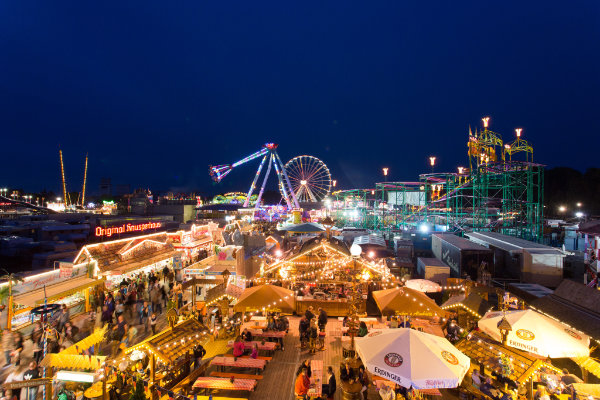
For quite a few people in Worms, it is the definitive highlight of the year, the Worms Backfischfest. At the same time it is the largest festival along the Rhine, which combines folk festival and wine festival. For wine lovers, popular places to visit are the Wonnegauer Weinkeller, where some 50 Rhine-Hessian vintners gather with their grape juices, and the Stiftskeller, which also presents a handsome number of wines from Rhine-Hesse, but also from the Palatinate. The Wonnegau wine cellar, which is housed in a tent, almost 2,000 visitors. This means in normal times it is very crowded in the tent, especially on weekends. One can confidently assume that in times of Corona the number of the audience should be somewhat smaller. In addition to delicious wines, the “Weinkeller” also attracts with live music and DJ parties, where one or the other couple is said to have already found each other in the course of the evening. The fairground itself is additionally lined with rides, including the obligatory Ferris wheel for the Backfischfest, fairground booths such as can or dart throwing, as well as a variety of gastronomy. It goes without saying that a baked fish festival also includes a proper baked fish, which you can get at the fish fry not far from the wine cellar. The word baked fish has a double meaning in relation to the feast. On the one hand, it refers to the fishermen’s guild, which was strongly represented in Worms on the Rhine in earlier years; on the other hand, the word refers to young, pretty women. So there is also an official bake fish bride every year. This in turn can be found on the side of the “Bojemääschters vun de Fischerwääd”. Fischerwääd, there are actually two of them, the Big and the Small, is again a street where once lived mainly fishermen. Today, the street, which is in the immediate vicinity of the fairground, stands for the customs of that guild. A museum in the Große Fischerweide (as it is called in proper official German) commemorates this important occupational group for Worms. On one day, namely on Backfischfest Wednesday, the Fischerwääderkerb is also celebrated in this street. The accompanying program of the ten-day festival includes, in addition to this Kerb, an elaborate parade on the first Sunday, which runs through the entire city center and ends in the Fischerwääd. The Backfischfest is concluded on the last Sunday by a visually intoxicating fireworks display over the Rhine.
Info at: www.backfischfest.de
Festival of Cultures on September 17
The only festival in the city that gives a face to multicultural Worms also had to bow to the virus and this year, after two years of abstinence, will once again be held at its traditional location on Obermarkt. This meeting of cultures is organized by the “Intercultural Round Table”. In addition to all kinds of goodies from the participating associations, there will be plenty of information and a small but excellent cultural program. Especially in a city like Worms, where the migration background of the population is now around 30 percent, this festival is of particular importance, because the key to peaceful coexistence lies in understanding the other culture, and you can get to know it there.
Worms Wine Fair on 5. and November 6 at the Worms Conference Center
As mentioned elsewhere in my blog, Worms is the third largest wine producing community in Germany and Rheinhessen in turn is the largest growing region. So what could be more natural to gather many winegrowers in one place to give people together an overview of the diverse products. But it should not stop at the overview, because no brochure and no entertainment can replace the tasting. But beware, if you have the ambition to know all the wines, you should have dined well beforehand. With around 30 winemakers and accordingly around 300 to 350 wines on offer, it is almost impossible to get a complete overview. Many visitors therefore opt for a two-day visit to the fair. While Saturday belongs to the white wines, Sunday is devoted extensively to red wines and rosés.
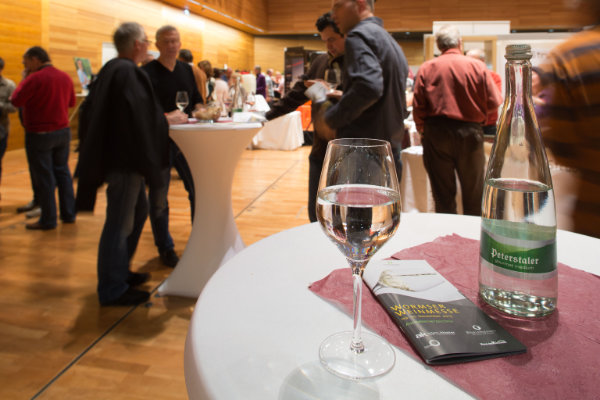
Info at: www.weinstadt-worms.de
Nibelungen Christmas at the end of November until December 23 in the city center
The Christmas market doesn’t really have much to do with the Nibelungen, except that it takes place in the heart of the Nibelungenstadt. However, since the Nibelungen are inextricably linked with the city, city officials thought it would be a good idea to give the market a new name a few years ago. Around 50 stalls wind their way through the city center. As in other cities, there is the tried and tested mix of mulled wine, bratwurst and all kinds of traders, who sometimes offer more, sometimes less Christmassyoffer An interesting eye-catcher are the so-called change booths. These can be rented by clubs, businesses or even private individuals and guarantee a certain amount of variety between knitted socks and scented candles. What you should not miss is a visit to the eco-winemaker Helmut Kloos (see also Vino et Musica). This one doesn’t just pour his mulled wine. No, Helmut Kloos lives this market. So every year he comes up with a frame story for his booth that addresses current issues in an amusing way. His hand puppets (!) the Glühweingretel and Frau Kuddelmuddel, who also like to have a little chat with the guests, are cult. Kloos provides a colorful and varied supporting program with concerts, small readings or the joint singing of Christmas carols. The highlight is, of course, the spicy organic mulled wine, which is prepared directly on site and thus cannot be topped in terms of freshness. The mulled wine is available in white and red. For those who like it non-alcoholic, the wish punch is highly recommended. While most mulled wine restaurateurs sell heated juices as a non-alcoholic variant, the wish punch is also a creation on a par with mulled wine, the recipe of which the winemaker does not reveal, of course. The largest mulled wine gathering is again located on the Obermarkt in front of the district court. There two families of showmen offer their warming drinks. Here, less emphasis is placed on culture. The focus is more of an apres ski atmosphere, so it should be possible for every Christmas market visitor to find a contemplative spot for different needs.
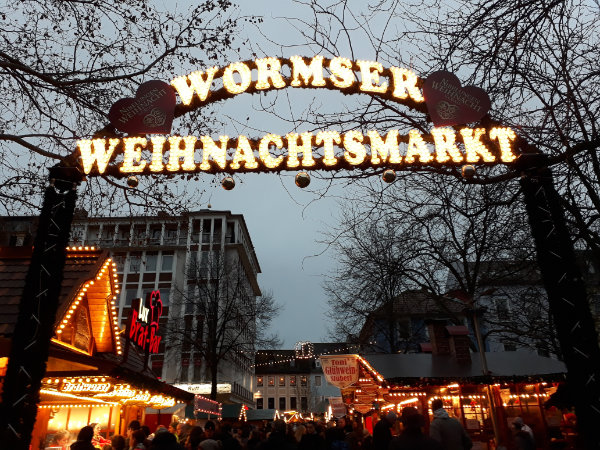
Jewish Cultural Days
Also unknown are the dates and contents of this year’s “Jewish Culture Days”, which can also be found under the name “SchUM Culture Days”. This series, which has been around for a few years, takes on a very special significance following its inclusion on the Unesco World Heritage List. After all, it is not enough to administer the historical heritage; it should also be filled with life. Last year, this included the publication of a second book on the “Stolpersteine” (stumbling blocks) laid in Worms or the impressive permanent reading “Ich will Zeugnis ablegen…” (I want to bear witness…) with regionally renowned reciter Karl-Heinz Deichelmann. So you can be curious about what this small but fine cultural festival has to offer this year.
Info: https://schumstaedte.de/schum/juedische-kulturtage/
Wunderhoeren – Days of ancient music and literature
In one of the oldest cities in Germany, it is of course obligatory to draw attention to medieval culture in addition to a medieval market for the masses. Every two years since 2011, the Niche Festival has granted a foray into medieval composition and writing. This does not mean that there is only Minnegesang to be heard at the concerts, because the organizers do not shy away from the crossover between genres and eras, so that contemporary interpretations of the theme are also heard. There is no specific program. Five events are planned throughout the year.
More info: www.wunderhoeren.de

Special exhibition 900 Years of the Worms Concordat in the Museum im Andreasstift
It goes to the magic dates that you learn in history class and never forget, the Concordat of Worms in 1122. This can also be understood as a direct consequence of the historically equally famous “walk to Canossa”. From September 24 to December 30, 2022, the history of the Investiture Controversy will be presented in a “modern and playful” way. In medieval Europe, the emperor and the pope fought for supremacy – a struggle for power that began in Worms and ended there: the Concordat of Worms settled the conflict.
Before the special exhibition opens, the permanent exhibition, whose main theme is the history of the city of Worms, will reopen on April 30 and May 1. A museum weekend invites interested people with free admission to the walls of the building, which is about 1000 years old. The Antiquities Society, which owns much of the museum’s historical collection, will also offer guided tours that weekend. After that, the exhibition can be visited during the normal opening hours of the museum.
Info: https://www.museum-andreasstift.de/museum-andreasstift/
